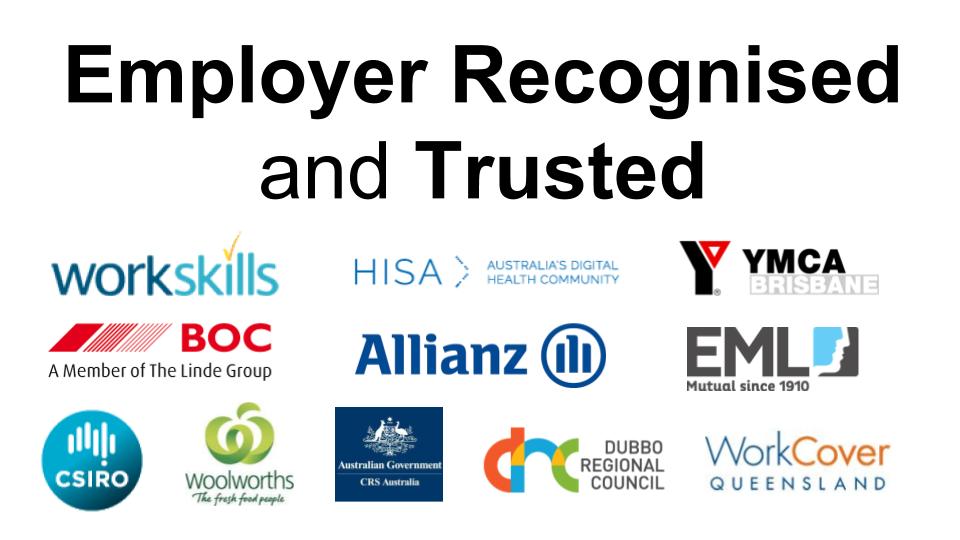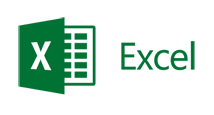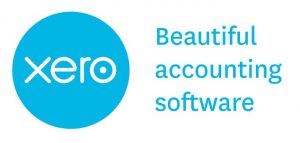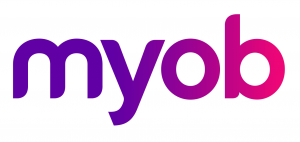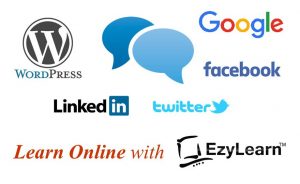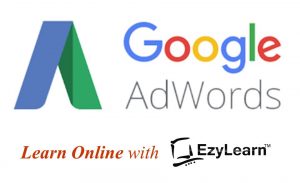
If one of your resolutions was to find a new job this year, you’re probably not alone. Job seekers are most active during the early part of a new year, so if you’re planning on taking the next step in your career, you’ve got to stand out from the crowd.
Our Small Business Management and MYOB Training courses are most popular this time of year because training courses up your skill-sets and are a key way of ensuring you’re a cut above the competition. However, that’s only as long as you’ve got your CV in front of the right people.
This makes the role of your CV an extremely important one; a lack lustre CV can often be a deal-breaker for a recruiter at the other end of an email address filling up with enough CVs to blanket Siberia — twice.
What Makes Your CV Stand Out?
So what’s going to make your CV the one recruiters and employers shortlist for an interview? We spoke to recruitment specialist and director of Skills Savvy, Fiona Neumann, to get some insight on design, whether or not everyone embellishes on their CV, and what you should put in the dreaded “special interests” section.
Q: What are some dos and don’ts when it comes to formatting, layout, design, etc? Some people think the more creative the CV, the better chance you’ll have of standing out from the pack – is this necessarily true?
Fiona: There is no rule of thumb on what you should or shouldn’t do. It really depends on the job you’re applying for. For example: If you are applying for a graphic designer role or another artistic role, then the recruiter will definitely be looking for a CV that stands out in a creative way. If it is a sales or service role then some candidates can be a little creative by adding their profile picture to the top of the CV. I personally like this, as long as it is a professional photo. This is a great way to stand out.
Q: Should your CV (and cover letter) show a bit of your personality, or is it safer to save that for the interview?
Fiona: I believe your personality comes through via your cover letter and your CV in subtle ways. When candidates place their photo at the top of their CV, this demonstrates that they are willing to put themselves out there and it shows confidence. The language a person uses also shows their personality. These are subtle ways. If your CV and cover letter is written in a way that articulates why you are the best person for the role then a recruiter will call you. A phone interview and a face-to-face interview is where the recruiter/hiring manager will see your personality.
Q: Embellishing your CV – does everyone really do it? And if so, where does that leave the honest jobseekers?
Fiona: Great question. No I don’t believe that everyone embellishes on their CV. Besides, a great recruiter is able to read between the lines and ask the candidate the right questions. The recruiter can then work out what is fact and what is fiction. A CV is important, but it is only one part of the recruitment process. If a person has written something on their CV then they will need to be able to answer questions during a phone interview or a face-to-face interview to back up their CV — and if they’ve embellished or lied in their CV, they probably won’t be able to answer the recruiter’s questions.
Q: Lastly, does any recruiter/employer really care that your interests include collecting antique teacups and reading crime novels?
Fiona: I personally like it [the special interests section], because you never know what the hiring manager may be looking for. Plus, including your interests does, in a subtle way, demonstrate personality, which helps recruiters and hiring managers determine whether you’d fit with the culture of an organisation. Take these two different examples of special interests: “I enjoy spending weekends with my family, going out for dinner and reading books,” and “I love to party, going to see live bands and watching Formula 1 racing.” There is no right or wrong answer, but you can see you are probably dealing with two completely different personalities, and while I would never discount someone based only on their special interests, it does tell me a little more about the person behind the CV.
Need a resume or want to start a home based business?
The lovely people from Workface have combined their resume writing service with our online Microsoft Word training courses so you can have a professional resume AND the ability to add and edit it as you need. If you are interested in starting your own business as an independent contractor and work your own hours, close to home and doing something you love you might consider one of these business opportunities..














